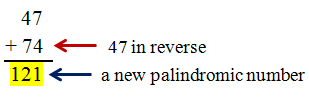 |
| $14.75 |
Specific words are provided. The students are instructed to figure out the correct fractional part of each particular word. (Example: The first ½ of WENT would be WE. Notice that WE is also 2/4 or 50% of WENT.) If each fractional part is correctly identified, when the students write the fractional parts on the lines provided, a new word is created. Each group of new words becomes a riddle or the answer to a riddle.
It is important that students understand that a fraction and a percent represent the same thing; so, in the Snow Riddles handout, 25%, 50%, 75% and 100% are introduced.
For each month, there are between 7-11 word fraction riddles; so, there are numerous ways to practice recognizing fractional parts, understanding equivalent fractions, identifying basic percents (25%, 50%, 75% 100%), and reducing fractions to lowest terms.
Instead of completing all of the monthly riddles in one day, the puzzles may be divided up and used as a focus activity, when a student finishes early, or when there is a short amount of time left before the next class or activity. An individual puzzle may be given each day, or the riddles can be interspersed throughout the week or month. Answers are included at the end of each month’s activities. The complete resource features six months (January, February, March, April, October, December) and contains a total of 49 fraction riddles.
If you prefer, each month of fraction riddles may be purchased separately for $3.00 - $3.25; however, this resource bundles all six months for a discounted price. Just click the title under the cover page shown above, and download the preview to take a quick look at this bundle.









































